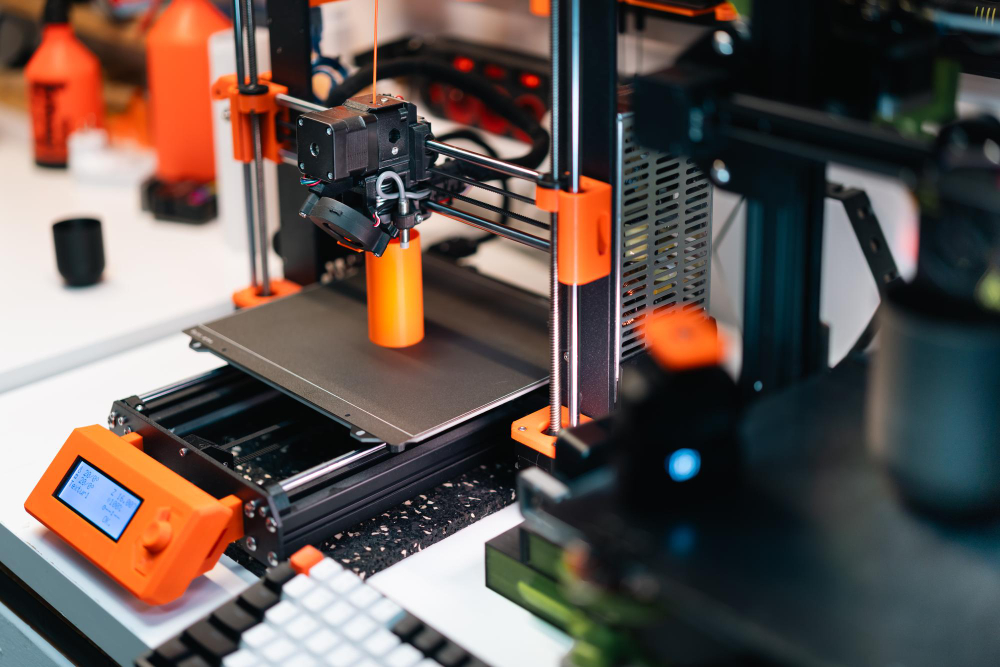DTF transfers, or Direct-to-Film transfers, represent a revolutionary method in the world of textile printing, allowing artists and businesses alike to apply intricate designs onto fabrics with ease. This innovative technique relies on a seamless DTF transfer process that not only enhances the quality of prints but also expands the creative possibilities for custom designs. As trends in heat transfer printing continue to evolve, mastering DTF printing is becoming essential for anyone involved in the fashion or merchandise industry. By employing specialized, water-based inks and compatible films, the results are vibrant, durable prints that can stand the test of time. Whether you are designing for fashion, promotional items, or personalized gifts, understanding the nuances of DTF transfers can set you apart from the competition.
When exploring the realm of textile decoration, the Direct-to-Film printing method has emerged as a preferred choice amongst creators and small businesses. This approach to fabric printing allows for precise and colorful transfers using a film application technique that guarantees longevity and detail. By combining elements of traditional heat transfer methods with cutting-edge technology, this versatile printing solution caters to various fabrics and design needs. Known for its user-friendly process, DTF printing simplifies the journey from concept to finished product, encouraging innovation in apparel and product design. With its growing accessibility and demand, delving into the world of Direct-to-Film applications is an exciting opportunity for any aspiring printer.
Understanding the DTF Transfer Process
The DTF transfer process is revolutionizing the way textiles are printed, combining ease of use with striking results. This method begins with creating a design using high-quality graphic software, allowing artists to modify digital images adequately. The beauty of DTF printing lies in its ability to produce intricate designs on an array of fabrics, making it suitable for custom apparel and specialized merchandise.
The importance of understanding each phase of the DTF process cannot be overstated. From design conception to the final transfer onto fabric, knowledge of the materials and techniques significantly affects the final product. By familiarizing oneself with the steps involved, users can maximize print quality and longevity, ensuring that the end result truly aligns with their creative vision.
Frequently Asked Questions
What is the DTF transfer process in textile printing?
The DTF transfer process, or Direct-to-Film transfer process, involves creating a high-resolution design, printing it onto a special film using water-based inks, applying adhesive powder, curing the design, and then transferring it to fabric using heat. This method is known for its versatility and ability to produce vibrant prints on various fabrics.
How does DTF printing differ from traditional heat transfer printing?
DTF printing differs from traditional heat transfer printing primarily in its method. While traditional heat transfer printing uses pre-printed designs, DTF transfers print directly onto a special film, allowing for greater detail and color vibrancy. DTF also employs a unique adhesive powder application that enhances durability.
What materials are needed for DTF transfers?
To execute DTF transfers, you’ll need specific water-based inks, a DTF-compatible printer, special transfer film, heat-sensitive adhesive powder, and a heat press for the transfer process. Each of these materials is essential to ensure a successful and high-quality transfer.
Can DTF transfers be applied to any fabric type?
Yes, DTF transfers can be applied to a wide variety of fabric types, including cotton, polyester, and blends. The versatility of DTF printing allows it to work on different fabrics, making it ideal for custom apparel and promotional products.
What are the recommended heat settings for transferring DTF prints?
For transferring DTF prints, it is generally recommended to set your heat press to a temperature between 150-160 °C. Depending on the type of fabric and adhesive, the pressure should be medium to heavy, and the transfer duration typically ranges from 15-20 seconds.
How do I maintain the quality of my DTF transfers after printing on fabrics?
To maintain the quality of DTF transfers after application, avoid washing the fabric for at least 24 hours to allow full adhesion. When washing, turn the garment inside out and use cold water settings to extend the lifespan of the transfer and preserve its vibrancy.
| Step | Key Points |
|---|---|
| 1. Design Creation | Use graphic design software; save in formats like PNG or TIFF. |
| 2. Printing the Transfer | Utilize water-based inks and specialized film; setup your DTF printer. |
| 3. Applying Adhesive Powder | Apply adhesive powder on warm ink, use heat to bond it. |
| 4. Curing Process | Cure in heat press at 150-160 °C for a few seconds. |
| 5. Transfer to Fabric | Use medium to heavy pressure in heat press; pre-press fabric. |
| 6. Peeling the Film | Allow film to cool, then peel gently for a quality finish. |
| 7. Post-Processing and Care | Avoid washing for 24 hours; wash inside out in cold water. |
| Recent Developments | Advancements in technology; focus on sustainability. |
Summary
DTF transfers are an innovative method for textile printing that emphasizes ease of use and compatibility with various fabrics. The process, detailed from design conception to application, showcases its versatility as both hobbyists and businesses can leverage this printing technology. With recent advancements making the DTF transfer process quicker and more sustainable, it solidifies its position in the modern printing landscape, catering to diverse needs from personalized apparel to large production runs.



